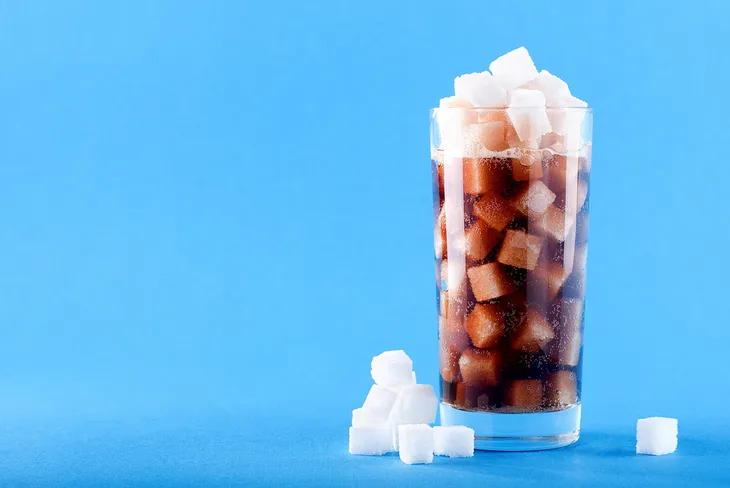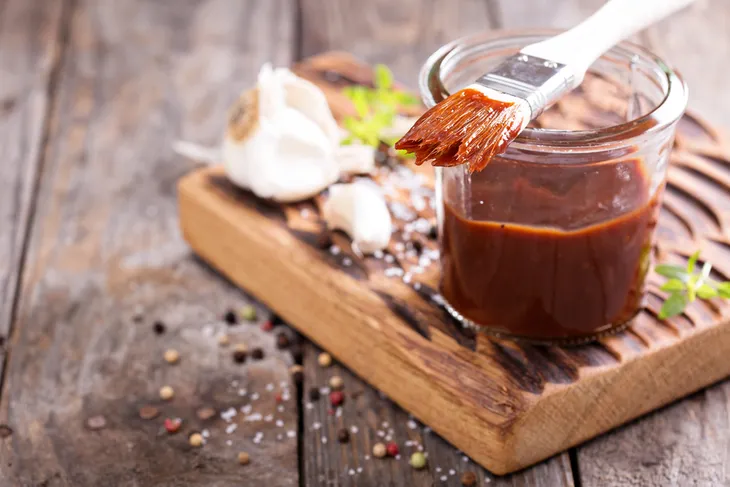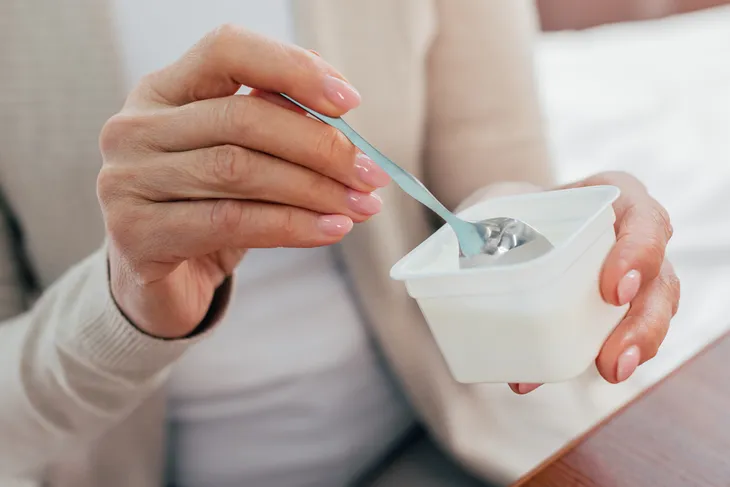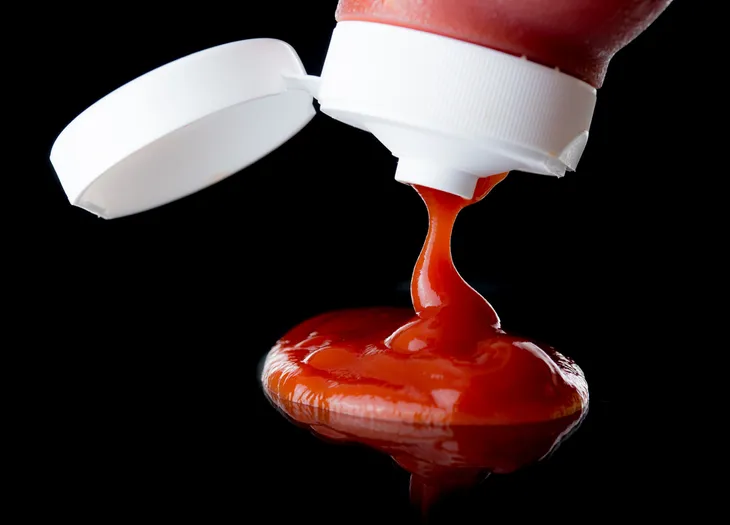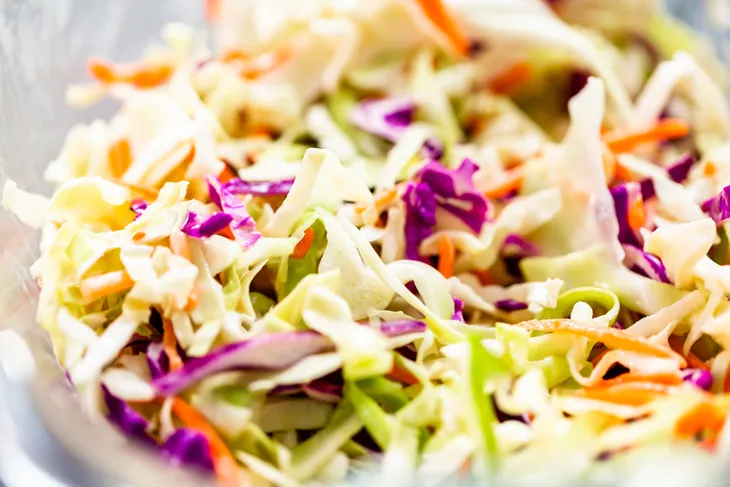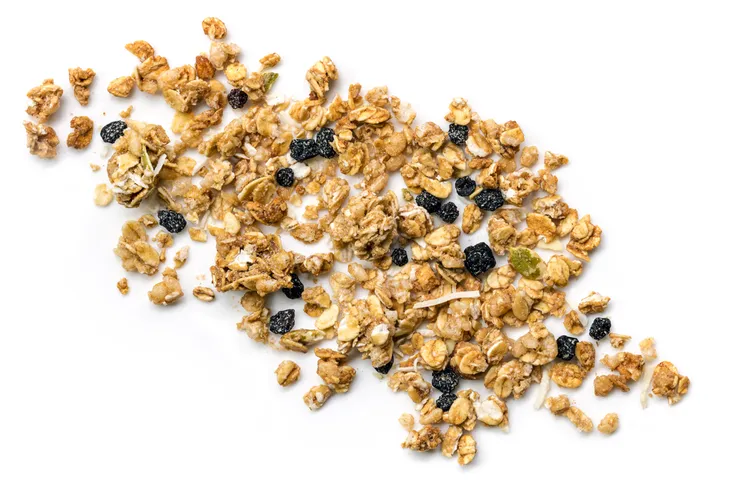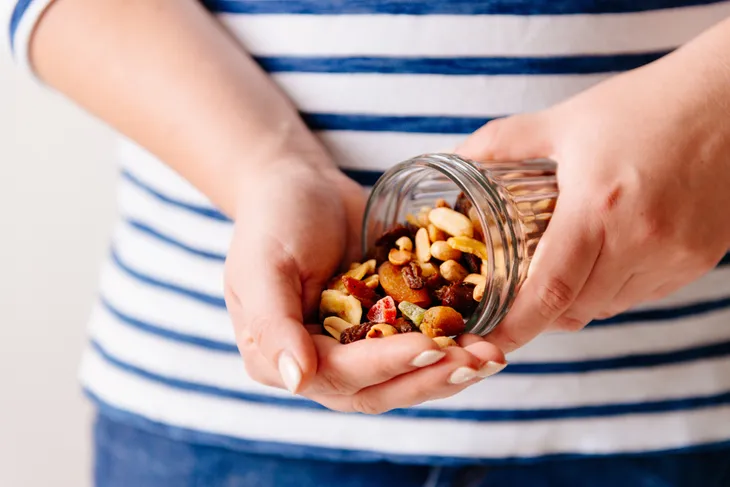On a visit to the Caribbean, you may have a chance to sample sugarcane. One taste of the fibrous stalk and you realize that you’re getting a little sweetness and a lot of water. The sugar content is easily definable: not much. Transpose yourself to your local Canadian supermarket and read the labels of packaged products.
Chances are you’re seeing sugar from many hard-to-define sources. There’s fructose, sucrose, maltose and dextrose; syrups; juices and concentrates; sugar that’s raw, cane, inverted and brown. All this sugar is found in a massive number of popular products, the staples of many North American diets. But unless you’re a diligent scientist, you can’t always locate it.
The Sugar You Drink
Sugar-sweetened drinks are everywhere, from soft drinks to fruit and energy drinks. You know there’s sugar is in your beverage and you’re usually fine with it. But chances are you don’t have a full appreciation of just how much sugar in your liquid treat. The Harvard School of Public Health knows.
They say soft drinks “are a prime source of extra calories that can contribute to weight gain and provide no nutritional benefits.” What’s more, they cause “people to continue to feel hungry after drinking them despite their high caloric value.” Coca Cola may be the biggest offender when it comes to sugar count, but many bottled iced teas, lemonades, fruit juices and energy drinks aren’t far behind.
Barbecue Sauce Bombshell
Steak may taste great, but who doesn’t believe that it passes over the taste buds even better with barbecue sauce? That tangy sensation will cost you in the sugar department to the count of 33 grams of sugar for every 100 grams of barbecue sauce, according to the United States Department of Agriculture.
The brand doesn’t seem to matter. For every two tablespoons of barbecue sauce, you can count on at least 12 grams of sugar containing a minimum of 60 calories.
Flavored Yogurt–Yowsa!
Wait, isn’t yogurt healthy? It seems that it depends on the type of yogurt you’re eating. If you don’t like your fermented milk product plain, you should pencil in about five teaspoons, or 19 grams, of sugar for every six ounces of yogurt that you consume.
You can avoid this problem by checking the label before you buy, and opting for varieties that contain no added sugar. Take heed, flavored yogurt lovers. Even with the added sugar, you’re still getting the benefit of the protein that comes with this milk product. You’re also still getting some of that “good bacteria” that you keep hearing about in yogurt.
Ketchup: Sweeter Than Tomatoes
It may be the king of condiments for many people, especially kids, but this tomato-based sauce doesn’t come without its sugar content—as much as six grams in a single ounce of the red stuff. The culprit is high fructose corn syrup, added to give ketchup its unique flavor. You can keep the sugar levels low by opting for a brand with “no sugar added.”
You might also choose to create your own sugar-free ketchup using tomatoes or tomato puree, apple cider vinegar, and seasonings including chopped onions, salt, garlic, black pepper, and cayenne pepper, sweetened with agave, honey, or no sugar.
Coleslaw Chaos
How could a food product that’s mostly shredded vegetables be so high in sugar? You can blame mayonnaise, and sugar itself, for providing up to 12 grams of sugar for every 100 grams of coleslaw. To cut down on the sugar, try making your own slaw. Take out the mayo and add plain or Greek yogurt. Sweeten with red wine vinegar and add a little lemon juice, garlic, or Dijon mustard. How about fruit in your coleslaw? Some homemade varieties add pineapple and mango to sweeten the bowl.
Granola Bar Grumble
They’re supposed to be harbingers of health and whole food goodness, with ingredients like nuts, seeds, whole grain oats, and dried fruits. But the store-bought versions that are the staple of so many “food-on-the-run” diets are packed with sugars. Often they contain several types of sweeteners all at once.
According to webmd.com, you can count on at least 12 grams of sugar in every granola, or cereal, bar. Of course there are “good” (high in sugar) granola bars and “bad” (lower in sugar) varieties. Read the ingredient list carefully to make sure you buy the healthier varieties. Or, make your own granola at home and sweeten with honey or maple syrup.
Pasta Sauce Primer
It’s supposed to be full of tomatoes and other vegetables but the store-bought sauce that tops your tasty spaghetti dinner also contains its fair share of sugar, often in the form of corn syrup. The manufacturers are aware of your taste buds’ requirements so they add sweetness to cut down on the tomato’s acidity.
Have a look at the label of your favorite pasta sauce and compare it to others to see which ones have the lowest sugar content. Or, you can do like so many others are doing these days and make your own pasta sauce, with tomatoes, tomato paste, onions, garlic, basil, and oregano. You can add a little sugar if you prefer, or just go without.
Dried Fruit, Sweetly Preserved
Fruit is supposed to be perfect the way it is. But the problem with fresh fruit is its portability. So, we have dried fruit that you can throw in a bag and carry with you anywhere you go. Unfortunately you are also carrying extra sugars that aren’t there in the fresh version. These sugars are worrisome because they are rapidly absorbed by your body and cause a sugar high, which results in a brief spike of energy.
Be wary of tart dried fruits such as cherries, cranberries, blueberries, and mangoes because sugar (and oil) is often added to make them more palatable. Some brands don’t add sugar but you may have a tough time finding them on store shelves. Alternately, you can make your own dried fruits using a food dehydrator.
Muffins and Muffin Mixes
Like most baked foods, muffins taste better when they’re sweetened. But unlike most other baked items, you count on muffins to be good for you. The ones containing fruit and nuts are supposed to be the healthiest choices but there’s sugar lurking inside. How much sugar depends on the type of muffin you’re eating, as well as the size.
At the high end of the scale is the medium blueberry muffin with roughly 37 grams of sugar, or about 9 teaspoons. Healthier options are the medium-sized corn muffin with about 8.5 grams of sugar, or a medium-sized oat bran muffin with approximately 9.3 grams.
Alcohol: Wide-Ranging Sugars
If you’re a lover of sherry, cider, or gin, you might not want to read further. There’s a reason those drinks taste so sweet. They have the highest sugar content among alcoholic beverages. Bailey’s Irish Cream is the most sugar-laden with 19.5 grams (around five teaspoons) per 100 milliliters; sherry has roughly 9.5 grams, or two teaspoons in each 100 milliliter glass; Bulmers Original cider holds 20.5g of sugar, or five teaspoons, in a 568 milliliter bottle. That’s the same size as a pint.
The good news is for beer and wine drinkers. While there is certainly sugar contained in these beverages, the amounts pale by comparison, with each glass or bottle having less than a teaspoon of sugar.

